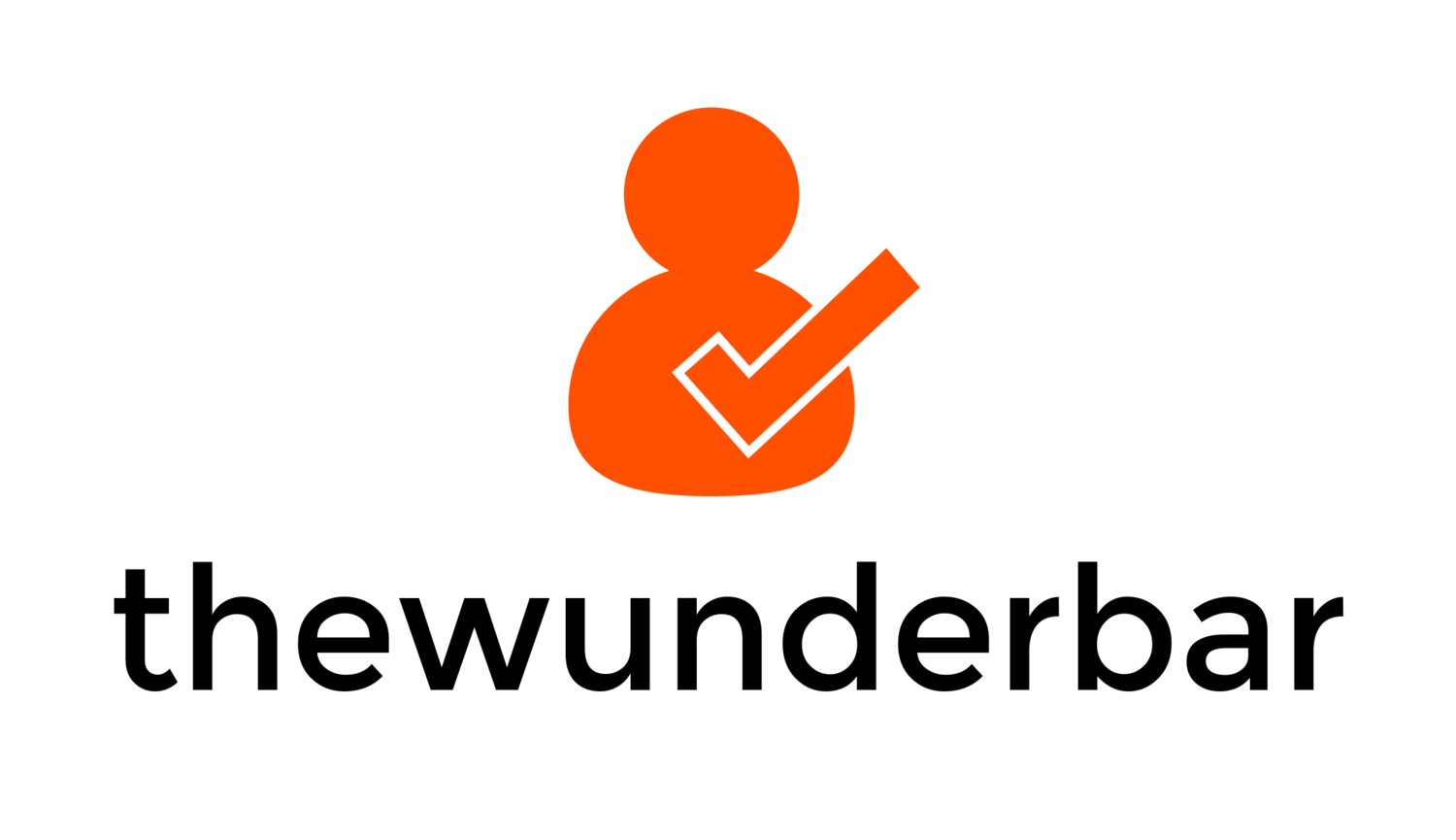Phones, tablets, computers, we all seem to have these now. Some of us more than one, and most have had different ones over the years. Many people now have a drawer full of old cables for iPods, phones, laptops. One of the frustrating things over the years has been that so many of our battery powered things have different chargers and cables and few of them have worked together. This has gotten better over the past 3-4 years with cell phones, most phones not made by apple all use the same micro USB connector, but if you have an iPhone or iPad that will use a different connector, and your laptop still has a connector that doesn't seem to work with anything else, even most other laptops.
Begining in 2015, that will start to change. Apple and Google have both announced products using a new connector, called USB-C. This new connector is first seen on the new Apple MacBook and Google Chromebook Pixel. It is still USB similar to what we've had for years, but this new connector, paired with a new USB version, will change how we connect our Electronics.
The new type of is called USB 3.1. That's not an exciting name (neither is USB-C, really) but what it provides is fantastic. Up until 3.0 USB could only provide small amounts of power. This was fine for phones, and it became adapted for other small electronics and tablets, but it is not enough to power bigger devices like laptops. USB 3.1 is. USB has also been used only for data signals, but USB 3.1 includes the ability to send a video signal. This means that USB can also connect a device to a monitor. And USB also still can transfer data just like before, except much faster than before. This makes USB 3.1 a very versatile interface that can do just about anything we want to do with our devices.
USB-C is a new type of connector. We are all familiar with "normal USB" connectors, which are the rectangular ones we find on computers, and we've known mini and micro USB which have been what most phones have used for years. USB-C is a new connector that is about the same size as microUSB, and is reversible (meaning you can plug it in either way, there is no "upside down" like there is on other USB cables). This means that a USB-C connector on USB 3.1 is small enough to fit on a smartphone, but powerful enough to charge laptop, or output video from said laptop to a monitor or TV.
The new Apple MacBook announced on March 9th includes a single USB-C connector. Aside from a headphone jack, that is the only connector on the computer. This is a neat idea in theory, but since this one connector serves power, video, and data, it makes it difficult to multi-task with it. For example there is no way without an adapter to charge the new MacBook and connect it to a monitor at the same time, since there is only one connection on it. Apple sells an adapter that includes a USB-C connector to charge, an HDMI port for video, and a regular USB port, but t his is a $100 accessory. The new MacBook may have been the first computer to implement USB-C, but it will not be the best.
Of all things, the new Google Chromebook Pixel shows more of what the future of USB-C will bring. the new Pixel includes two USB-C ports, and either can be used for any of the functions USB-C is capable of. This means that the power cord can plug into either port on the other side of the computer, and also that the computer can be connected to power while still having another USB-C port for video or data functionality.
We are still a few years away from this being an ideal solution. Until most or all of our devices include USB-C, we will need different types of ports, and adapters to make things work properly. It will be a messy transition. However, it will be worth it. USB-C represents the first time that a single cable and connection will be capable of connecting and powering all of our devices. In a few years it is very possible that all of our devices will feature only USB-C connectors, and They will do anything and everything you will need them to do. USB-C is the future, and it began this week.
